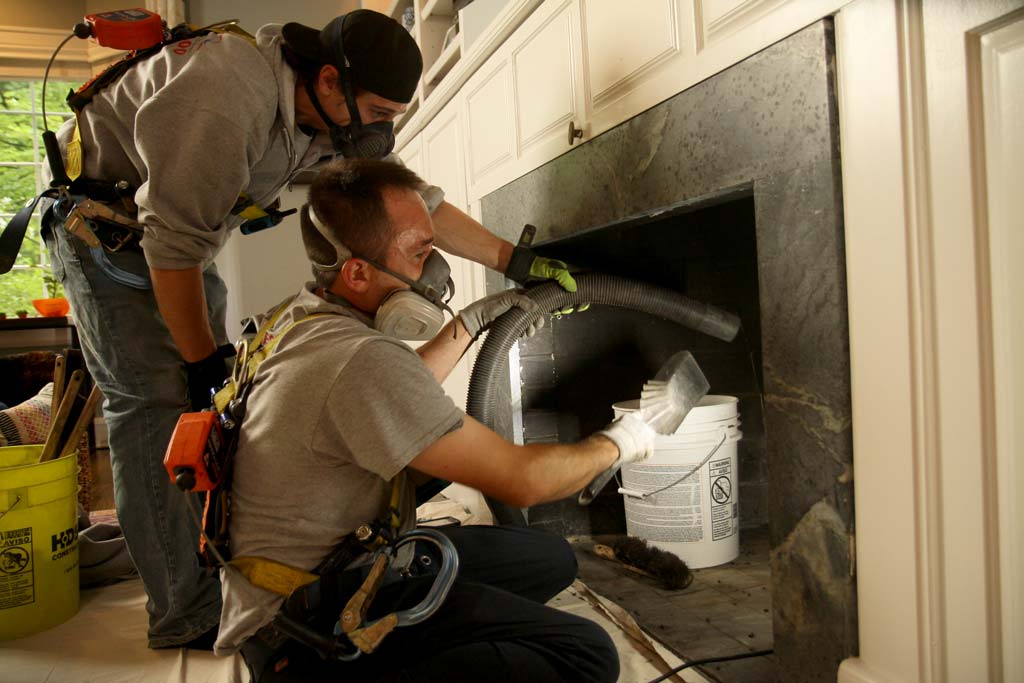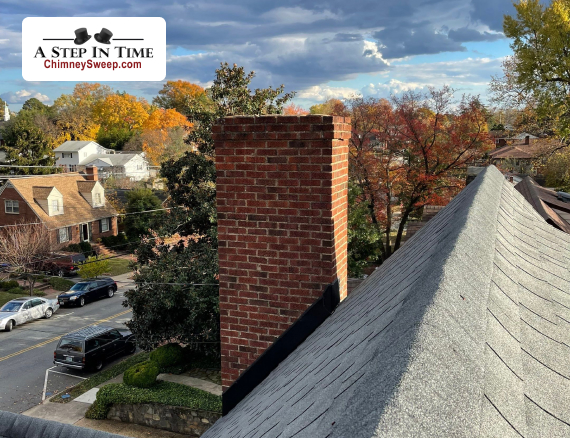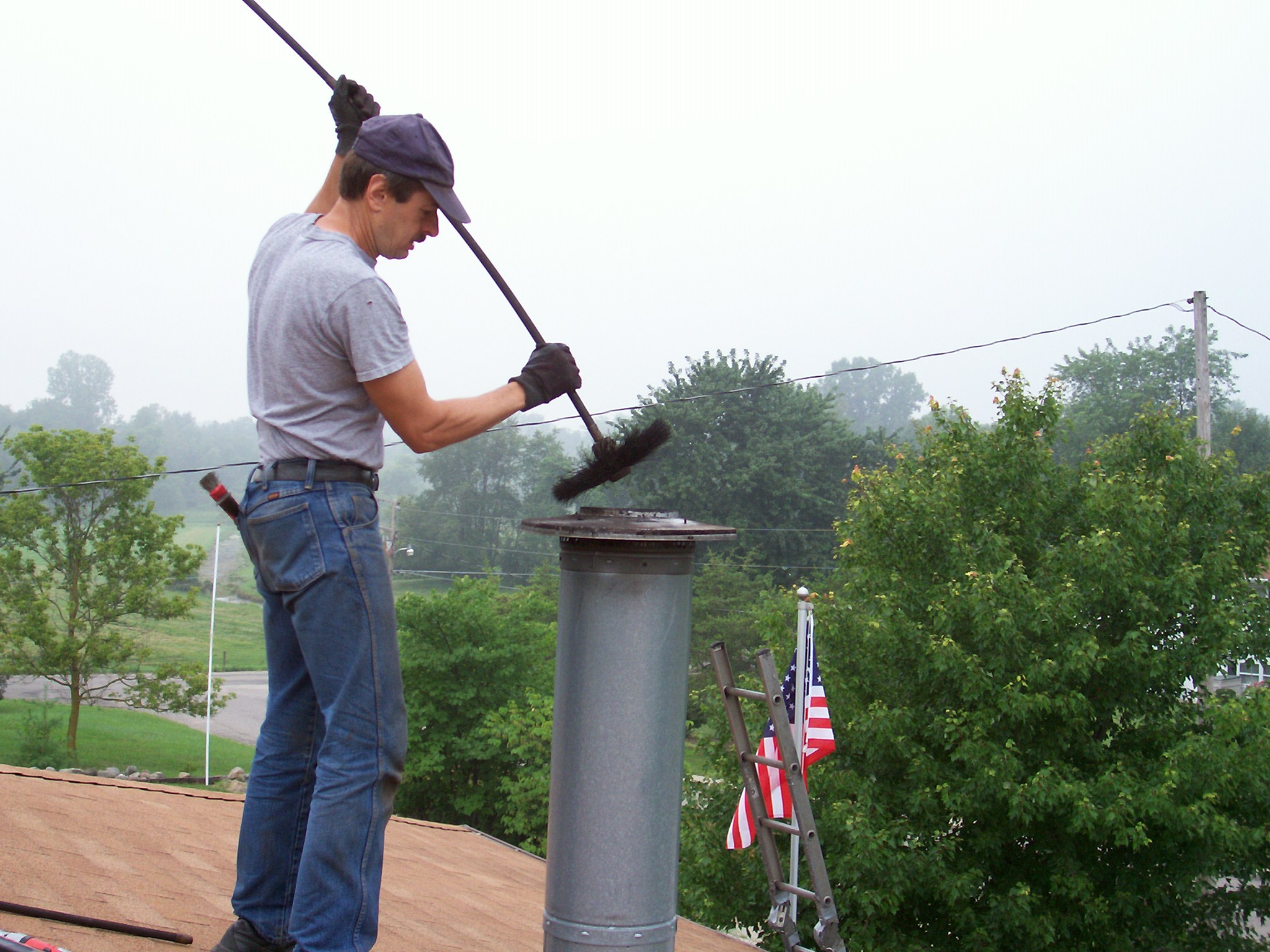Chimney Safety First: Premier Chimney Clean San Jose Solutions Revealed
Chimney Safety First: Premier Chimney Clean San Jose Solutions Revealed
Blog Article
Smokeshaft Cleansing: A Step-by-Step Guide to Maintaining a Healthy And Balanced Fire Place
Keeping a healthy fireplace is critical for the safety and effectiveness of your home. Routine smokeshaft cleansing is a vital part of this upkeep regimen. In this detailed overview, we will supply you with comprehensive guidelines on how to effectively clean your chimney, guaranteeing that it works optimally and decreases the risk of fire risks. By adhering to these standards, you will find out how to gather the necessary tools, do an aesthetic examination, clear particles and build-up, sweep the chimney, and finish the last actions for continuous maintenance. With a specialist method and focus to detail, you can confidently deal with your fire place and appreciate its warmth and convenience for several years to come.
Collecting the Needed Tools
To begin the procedure of smokeshaft cleaning, the first step is to gather all the needed tools. Having the right tools handy makes sure a safe and effective cleansing process. The essential tools for chimney cleansing include a smokeshaft brush, a ladder, drop towels or plastic sheets, a flashlight, handwear covers, and a dirt mask.
The chimney brush is the key tool utilized to remove soot and creosote build-up from the flue - Chimney Clean San Jose. It is important to pick a brush that matches the size and form of your smokeshaft.
A flashlight is vital for evaluating the smokeshaft's inside for any kind of indicators of damage or blockages. Gloves are required to shield your hands from soot and various other dangerous materials, while a dust mask aids prevent the inhalation of particles.
Executing an Aesthetic Assessment

Making use of a flashlight, very carefully analyze the interior walls of the smokeshaft for any type of indications of damages, such as fractures, loosened bricks, or mortar deterioration. These issues can endanger the chimney's architectural honesty and pose a severe safety hazard. In addition, check for any kind of signs of water damages, such as discoloration or efflorescence, as this can indicate a leaking chimney cap or flashing.
Following, inspect the chimney flue for any kind of blockages. Look for the visibility of nesting materials, leaves, or particles that may have built up with time (Chimney Clean San Jose). These blockages can restrict air flow, boost the risk of carbon monoxide gas accumulation, and hinder the chimney's ability to successfully air vent smoke
During the aesthetic inspection, pay very close attention to the chimney crown, which is the top surface area that protects the smokeshaft from moisture. Search for fractures or missing out on pieces in the crown, as these can permit water to enter the chimney and cause significant damage.
Cleaning Particles and Build-up
After completing the aesthetic examination, the next action in chimney cleaning includes clearing up debris and accumulation to ensure the proper functioning of the fire place. Gradually, debris such as fallen leaves, branches, and animal nests can gather in the smokeshaft, blocking the circulation of air and causing prospective fire dangers. In addition, the buildup of creosote, a tar-like substance, is a common issue in smokeshafts. Creosote is created when wood or fossil fuels are burned, and otherwise removed frequently, it can result in smokeshaft fires.
A smokeshaft brush, particularly designed for this objective, is used to remove loosened debris and creosote from the smokeshaft walls. It is essential to pick a brush that matches the size of your chimney to make certain effective cleansing.
To start, insert the brush right into the chimney and move it up and down, rubbing the walls to dislodge any kind of debris or creosote. Utilize a sweeping motion to ensure detailed cleansing. It is suggested to start from all-time low and work your method up. As soon as the brushing is complete, use a vacuum cleaner or a chimney brush extension to get rid of the dislodged particles from the fireplace.

Sweeping the Chimney
The sweeping of Going Here the chimney is a crucial step in maintaining a healthy and balanced fireplace. In time, soot, creosote, and various other particles can gather in the smokeshaft, blocking the flow of air and potentially triggering a harmful accumulation of flammable materials. Regular smokeshaft sweeping not only guarantees appropriate ventilation yet also avoids the risk of chimney fires.
When it comes to smokeshaft sweeping, it is very recommended to employ a specialist smokeshaft sweep. These professionals have the expertise and tools essential to safely and effectively remove the accumulated debris from your smokeshaft.
It is vital to note that the regularity of smokeshaft sweeping depends upon a number of factors, such as the sort of fuel utilized, the quantity of usage, and the type of smokeshaft. As a general guideline, it is advised to have your chimney swept and evaluated at the very least as soon as a year.
Last Steps and Upkeep
To guarantee ongoing upkeep and ideal performance, it is necessary to apply normal maintenance methods and follow a comprehensive set of last steps for your fire place. After completing the smokeshaft sweeping process, the very first action in the final upkeep is to inspect the chimney cap and stimulate arrestor. These components stop debris, animals, and rainwater from entering the smokeshaft. Inspect for any type of signs of damage or clog, and clean or repair them if necessary.

Evaluate the inside of the fireplace for any type of signs of deterioration, such as fractures, loosened blocks, or damaged mortar. These concerns can affect the structural integrity and safety and security of the fireplace. If any type of troubles are spotted, get in touch with an expert chimney sweeper or see post mason to address them immediately.
Ultimately, consider mounting carbon monoxide gas detectors near the fireplace and throughout your home. These devices can spot the presence of this dangerous gas, supplying an early caution system in instance of a chimney breakdown. Consistently inspect and change the batteries in these detectors to ensure their efficiency.
Final Thought
In final thought, complying with a step-by-step overview for chimney cleansing is important in preserving a healthy and balanced fire place. By gathering the needed devices, carrying out a visual evaluation, removing debris and accumulation, and sweeping the smokeshaft, homeowners can guarantee the safety and security and effectiveness of their fireplace.
The crucial tools for smokeshaft cleansing include a smokeshaft brush, a ladder, decline cloths or plastic sheets, a flashlight, handwear covers, and a dust mask.
A smokeshaft brush, specifically designed for this objective, is utilized to remove loosened particles and creosote from the smokeshaft wall surfaces. Routine chimney sweeping not only guarantees proper air flow but additionally protects against the danger of smokeshaft fires.
When it comes find out here to chimney sweeping, it is highly suggested to work with an expert smokeshaft sweep. After finishing the smokeshaft sweeping procedure, the very first action in the last upkeep is to examine the chimney cap and spark arrestor.
Report this page